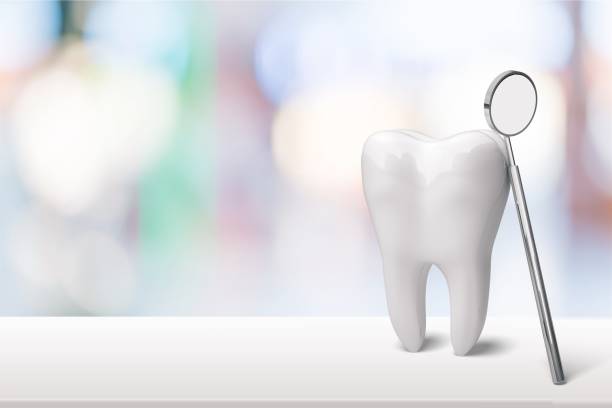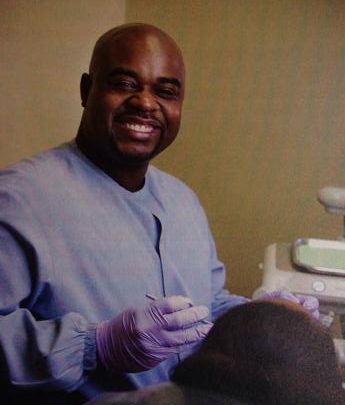Dental Crowns & Bridges
A dental crown (cap) is placed over a tooth to improve strength and shape. Although there are several different materials that can be used for dental crowns, we prefer using tooth colored dental crowns because they are the most natural-looking, strong restorations.
If you’re missing one or more teeth, besides the problems it can cause with your appearance, you can also have trouble chewing or speaking clearly. A dental bridge can be a great help. A natural looking crown is placed on the teeth adjacent to the open space with natural looking crowns placed in the open space. We are more than happy to evaluate your smile and see if a dental bridge is right for you.

Dr. Ruges can repair the damaged tooth with a natural-looking porcelain crown that will be virtually indistinguishable from surrounding teeth

What to expect with dental crowns
Common Reasons Dental Crowns Are Used To Restore Teeth:
- Cover a tooth with a large, defective filling
- Protect a weak tooth from breaking or cover one that’s already broken
- Cover teeth that are off-color or crooked.
- Cover and restore a dental implant.
There are several kinds of dental crown materials, from metal to tooth-colored. Dr. Ruges can explain the differences and help you choose the one that willl work best for you.

Why Do I Need A Dental Bridge?
A missing tooth is a serious matter. Teeth are made to work together. When you lose a tooth, the nearby teeth may tilt or shift into the empty space. The teeth in the opposite jaw may also shift up or down toward the space. This can affect your bite and place more stress on your teeth and jaw joints, possibly causing extreme pain.
Teeth that have tipped or drifted are also harder to clean. This puts them at a higher risk for tooth decay and gum disease. When a tooth is missing, the bone may shrink. If that happens, it may change the way the jawbone supports the lips and cheeks. Over time, this can make your face look older.
A bridge can help solve these problems. A bridge can be made from gold, alloys, porcelain or a combination of these materials, and we bond it onto your surrounding healthy teeth for support.
If you have one or more missing teeth, come see one of our dental professionals, and let’s talk about the solution that’ll be best for you.
A bridge can be helpful in restoring an attractive smile. Some of the other benefits of a bridge are:
The ability to bite into food and chew it properly depends on the way your teeth work together. If you have healthy teeth trying to work without the proper teeth above or below them, chewing completely is a real challenge. The healthy teeth will also be at risk of wearing out prematurely or being moved out of their proper position. A dental bridge replaces missing teeth and allow for a more efficient process of eating.
You may feel that you rely mostly on your tongue to speak but, without your teeth, your tongue would have a hard time getting much across to people. Think of the sounds that rely on your teeth: D, L, N and T are the essential “dental consonants,” but F, S, TH and V all rely heavily on your teeth, as well. If your ability to speak clearly has been diminished by missing teeth, a bridge can allow for more clear, crisp diction.
Take a moment to feel the way your lips rest against your teeth. If teeth are missing, your facial tissue could begin moving into the space where teeth once were. This can cause you to start biting your cheek, and can negatively affect the shape of your face.
Teeth are designed to work as a group. Teeth grow up or down until they touch something and can move or tilt sideways until they touch something. A tooth that is missing a neighbor can eventually begin leaning into the gap beside it. A bridge can replace missing teeth while also restoring the support neighboring teeth need to maintain their proper position.

Please call and schedule your appointment with us today!
We are currently accepting new patients.
Professional Memberships:





